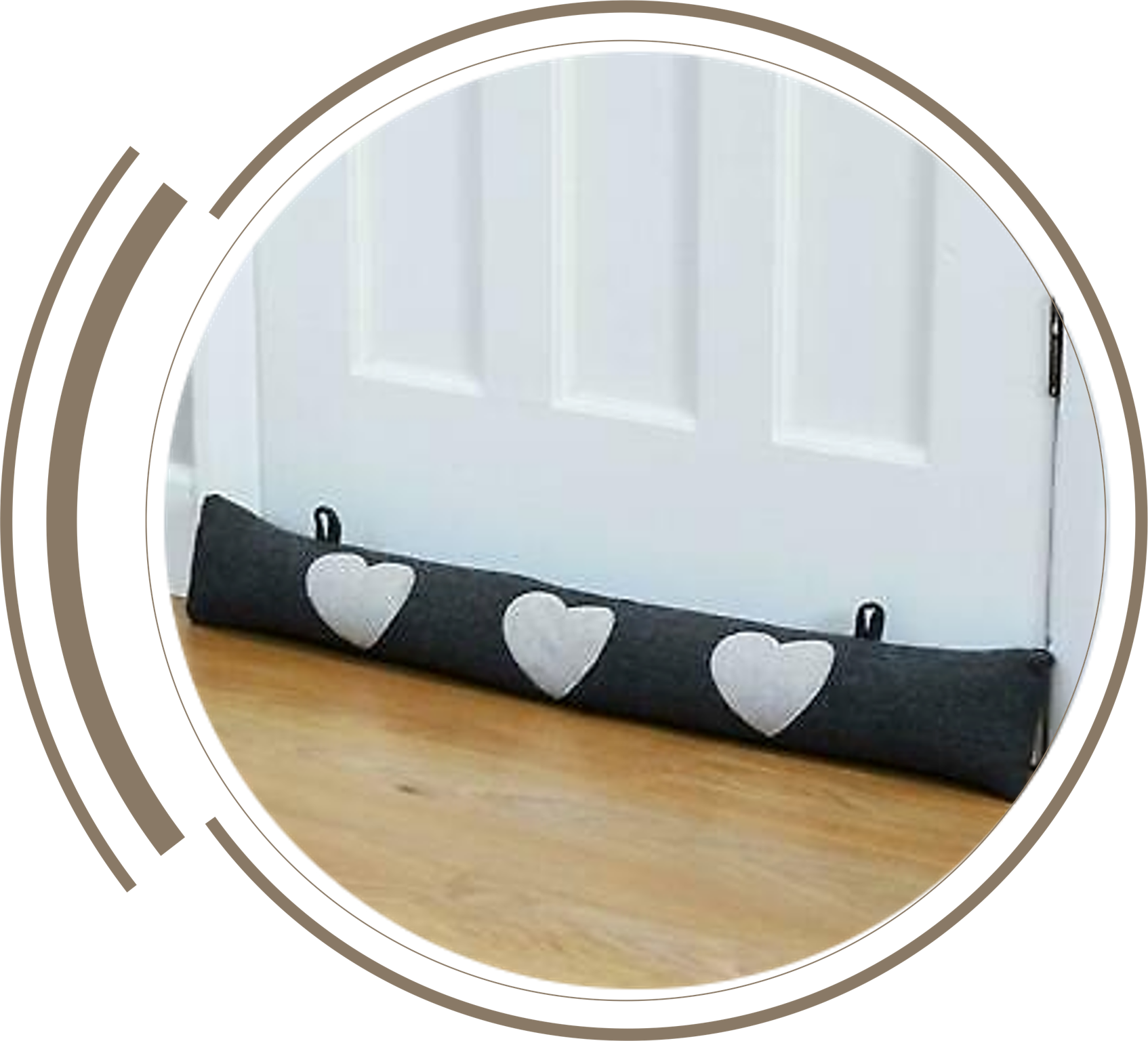
Energy saving tips
Implementing energy saving tips on a daily basis not only reduces your monthly electricity bill but is also good for the environment. Saving helps to minimise the possibility of loadshedding by lightening the demand on the electricity supply. The ability to switch on a light, appliance or device in any part of your house adds a level of household comfort and convenience so quickly, we barely think about it anymore.
Making a cup of tea. Preparing dinner. Washing and drying clothes. Surfing the net. Taking a hot shower. Running the pool pump the list of daily activities that gets done in the home by using electricity is endless. We have compiled a comprehensive list of quick-win energy saving tips that you can follow to ensure you use energy efficiently, and smartly, in all areas of your home and daily life.
Residential fact sheet “use only what you need”
Energy saving tips for kitchen appliances
- Set your fridge at 3˚ C. Make sure the seals of your fridge and freezer doors are intact.
- Don’t open fridge and freezer doors unnecessarily.
- Place your fridge and freezer somewhere cool – away from sun-facing walls and windows, and as far as possible from the stove.
- Defrost your chest freezer twice a year and your upright freezer three times a year.
- Don’t overfill your fridge or freezer – only use 90% of its capacity.
- Keep your oven door closed until food is done cooking.
- Match pots with stove plate sizes.
- Avoid using your stove for small tasks – like boiling water for tea and coffee.
- Place frozen food in the fridge to defrost – avoid defrosting food in the microwave.
- Use your microwave to cook small to medium amounts of food.
- Use a pressure cooker or slow-cooker for food that cooks for a long time – such as stews and casseroles.
- Wait for a full load of crockery and cutlery before you wash.
- Soak or prewash is only recommended in cases of burnt or dried -out-food.
- Remove bones and large pieces of food from crockery, pots and pans by scraping it off – not rise it off.
- Understand how your dishwasher works and make sure it is the eco function.
- Wait for a full load of washing before you wash.
- Ensure that you set your washing machine to match the load of washing – there is no need to set the machine to its highest and longest setting if you are washing a small load.
- Only wash clothes that are dirty. Heavier items such as jeans can be worn a few times before throwing them in the wash.
- Cold settings are fine. Don’t use the hot water setting if clothes are not heavily soiled.
- Understand how your washing machine works and make sure it is set to the eco-function.
- Keep your tumble dryer off during sunny days and use the washing line instead.
Maintain it at a comfortable 23˚ C in summer – once on, all windows and doors should be kept closed.
Otherwise, if you don’t have an air conditioner:
- Fire retardant ceiling insulation makes a home up to 10˚ C cooler in summer.
- Insulate your home
- Install shade awnings on the outside of windows facing the sun – it reduces heat from entering your home.
- Open windows and doors to allow cool breezes to circulate freely.
A fan heater with a thermostat is the best choice to quickly heat an average room of 3 x 3 x 2.5 meters. It spreads heat evenly and the thermostat switches it off when the room is cosy.
- Install your geyser closest to the points in your home where you use hot water.
- Insulate a geyser with a geyser blanket.
- Insulate the first 1.5 metres of water pipes leading to and from the geyser.
- Do not let hot water run unnecessarily. Always use basin plug in your bathrooms and kitchen.
- Use cold water in your bathrooms for quick tasks like washing your hands or brushing your teeth.
- Use cold water in the kitchen to rinse fruit and vegetables.
Replace incandescent lamps with energy saving CFLs (compact fluorescent lamps) and LEDs (light emitting diodes) do the same with your conventional downlights.
- Keep to a four to six-hour filtering cycle every 24 hours in winter.
- Keep to two six-hour filtering cycles every 24 hours in summer.
- Make regular pool maintenance a priority – it will contribute to optimising your pool pumps electricity use.
- Clean your pool filter – do so at regular intervals throughout the year; a clean filter is key to better water flow.
- Brush the floor and walls to remove debris that the filter misses.
- Clean areas with the least circulation at least once a week.
- Keep your pool covered when you use it infrequently in winter – pool covers prevent leaves, dirt and debris from falling into the pool.



